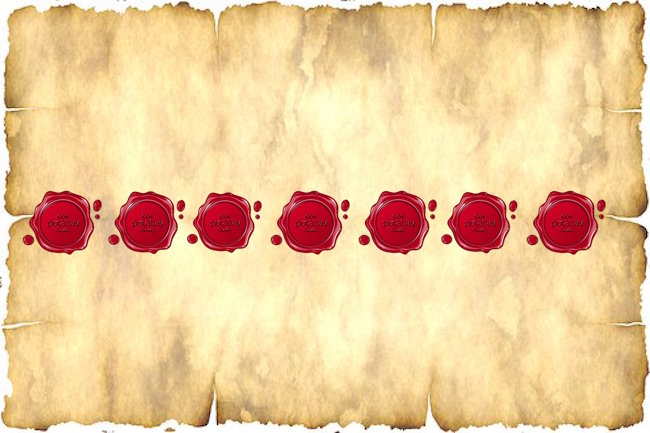What We Know About God’s End-Times Calendar by MARK BILTZ for Charisma Mag
Author and pastor Mark Biltz spent years immersed in the biblical book of Revelation, when his eyes were opened to how the feasts of the Lord were directly tied to the unfolding of end-time events.
In his newest book, Decoding the Antichrist and the End Times: What the Bible Says and What the Future Holds, Biltz writes about the “most exciting revelation I ever had concerning end-time understanding.”
“In the book of Revelation, we find references to over 600 verses from the Old Testament,” Biltz said. “Therefore, the Christian view of the coming Messiah can really only properly be understood by looking through the Jewish lens.
“The feasts of the Lord are in Leviticus 23, where God lays out His divine appointments according to His calendar for the timing of His feasts such as Passover, Unleavened Bread, Pentecost, Trumpets, Yom Kippur, Tabernacles and others,” he added. “To properly understand who the Messiah is, we must look at His Second Coming and the book of Revelation through the eyes of the feasts. In Genesis 1:14, God said He created the sun and the moon for signs, seasons, days and years. We think this refers to our calendar, made up of winter, spring, summer and fall, our days of the week and our year, but there are many calendars in the world. The current pagan calendar most of the world uses today is only 2,000 years old, so it can’t be an original.”
For example, the calendar most American Christians know is very scientific and accurate, as it is based totally on the cycle of the sun. The Muslim calendar is also very scientifically accurate, Biltz said, as it is based solely on the cycle of the moon.
“But in Genesis, God told us the calendar He uses is based on both the sun and the moon,” the author added. “When He talked about how they were to determine the days and years, He was referring to His holy days such as Passover and Yom Kippur. The years referred to the seven-year cycle in which Israel was to let the land rest and settle all financial debts. It was known as the Shemitah year.”




